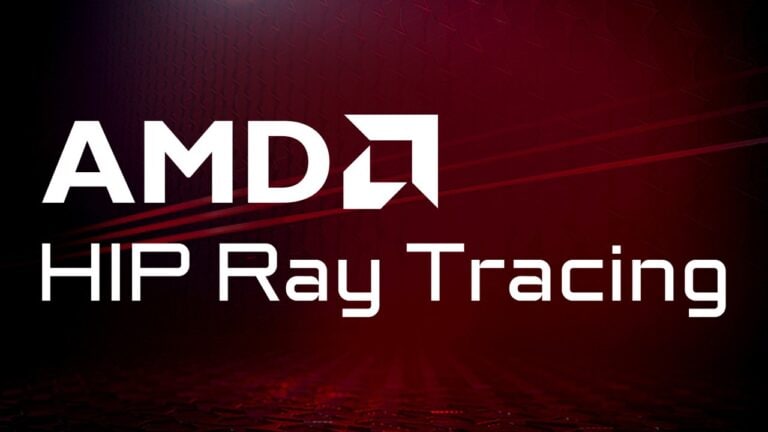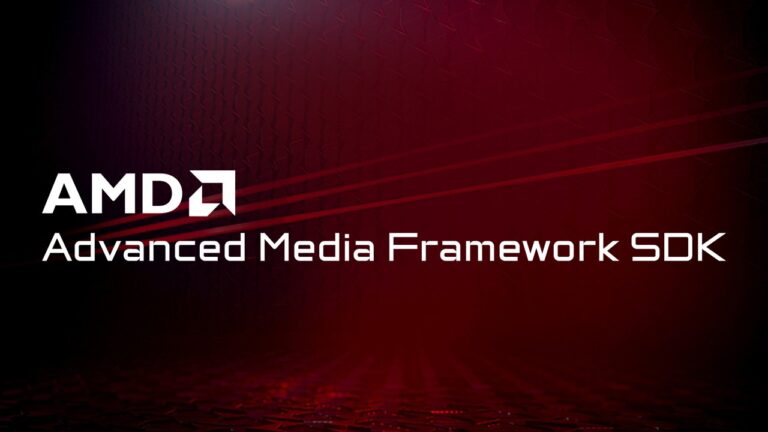
Integrate graphics and display functionality into your applications with the ADLX SDK
ADLX is a modern library and SDK designed to access features and functionality of AMD systems in the categories of Display, 3D graphics, Performance Monitoring, GPU Tuning, and more.
The ADLX SDK is targeted primarily at developers and partners who are creating control and monitor applications.
Download the latest version - v1.2
The ADLX SDK contains the following components:
- ADLX interface library.
- Headers.
- Documentation and code samples.
Benefits
The ADLX SDK is a fast and easy way to develop differentiated applications that run on AMD systems.
- Designed with quality and reliability at the core.
- Compatible with modern programming languages.
- Forward and backward compatible with AMD drivers.
- Global state synchronization.
- Access features and functionality in the areas of Display, 3D graphics, Performance Monitoring, GPU Tuning, and more!
Learn more by reading our blog:
Requirements
- Windows 10 or later. 32 bit or 64 bit.
Version history
- Introduction of interface to determine the multi-GPU mode (primary or secondary) of a GPU in the system.
- Interfaces to report the PCI bus land width and bus type (eg. PCIE 4) of a GPU.
- ProductName interface
- New interface to control AMD Smart Access Memory.
- Added interface to configure SmartShift Max settings.
- Display Connectivity Experience interface introduced to monitor and tune HDMI and DisplayPort connections.
- Additional profiles (ie. Dynamic Contrast) added to Display Color Enhancement feature interface.
- Capability to blank all physical displays.
- Initial release version
Footnote
For those looking for documentation on the legacy ADL SDK, you can find it here: https://gpuopen.com/adl/
Our other SDKs

Capsaicin is a Direct3D12 framework for real-time graphics research which implements the GI-1.0 technique and a reference path-tracer.

The Render Pipeline Shaders (RPS) SDK provides a framework for graphics engines to use Render Graphs with explicit APIs.

Brotli-G is an open-source compression/decompression standard for digital assets (based on Brotli) that is compatible with GPU hardware.

HIP RT is a ray tracing library for HIP, making it easy to write ray tracing applications in HIP.

Orochi is a library which loads HIP and CUDA® APIs dynamically, allowing the user to switch APIs at runtime.

AMD Radeon™ ProRender is our fast, easy, and incredible physically-based rendering engine built on industry standards that enables accelerated rendering on virtually any GPU, any CPU, and any OS in over a dozen leading digital content creation and CAD applications.

Radeon™ Machine Learning (Radeon™ ML or RML) is an AMD SDK for high-performance deep learning inference on GPUs.

Harness the power of machine learning to enhance images with denoising, enabling your application to produce high quality images in a fraction of the time traditional denoising filters take.

The Advanced Media Framework SDK provides developers with optimal access to AMD GPUs for multimedia processing.

The D3D12 Memory Allocator (D3D12MA) is a C++ library that provides a simple and easy-to-integrate API to help you allocate memory for DirectX®12 buffers and textures.

The AMD Display Library (ADL) SDK is designed to access display driver functionality for AMD Radeon™ and AMD FirePro™ graphics cards.

The AMD GPU Services (AGS) library provides software developers with the ability to query AMD GPU software and hardware state information that is not normally available through standard operating systems or graphics APIs.

VMA is our single-header, MIT-licensed, C++ library for easily and efficiently managing memory allocation for your Vulkan® games and applications.

AMD TrueAudio Next is a software development kit for GPU accelerated and multi-core high-performance audio signal processing.

AMD Radeon™ ProRender SDK is a powerful physically-based path traced rendering engine that enables creative professionals to produce stunningly photorealistic images.

The lightweight accelerated ray intersection library for DirectX®12 and Vulkan®.

GPUPerfAPI provides access to GPU Performance Counters. It analyzes performance and execution characteristics of applications using a Radeon™ GPU.

Compressonator is a set of tools to allow artists and developers to more easily work with compressed assets and easily visualize the quality impact of various compression technologies.

LiquidVR™ provides a Direct3D 11 based interface for applications to get access to the following GPU features regardless of whether a VR device is installed on a system.
Related content

Getting started: Our software
New or fairly new to AMD’s tools, libraries, and effects? This is the best place to get started on GPUOpen!

Getting started: Development and performance
Looking for tips on getting started with developing and/or optimizing your game, whether on AMD hardware or generally? We’ve got you covered!

Radeon™ Vulkan® Drivers Version Table
A handy table listing the equivalent versions of Vulkan®, Windows Store, and internal drivers for each Radeon Software Adrenalin driver release.

Developing Vulkan® applications
Discover our Vulkan blog posts, presentations, samples, and more. Find out how we can help you create and optimize your Vulkan applications!

Developing DirectX® applications
Developing with DirectX? This page shares our DirectX blog posts, presentations, samples, and more. Let us help you create and optimize your DirectX applications!





